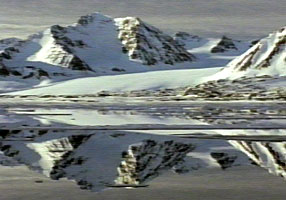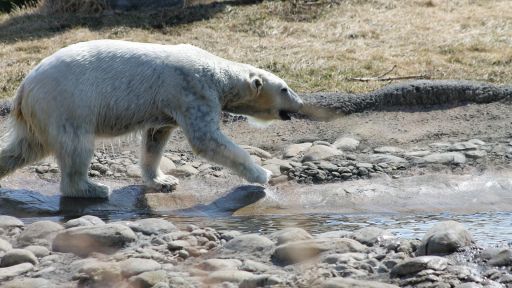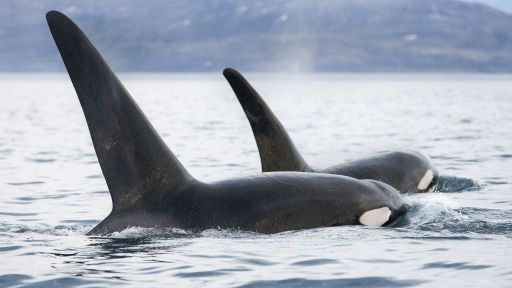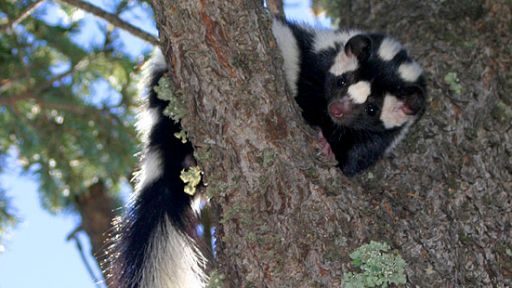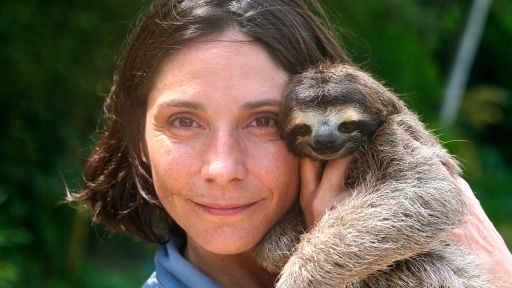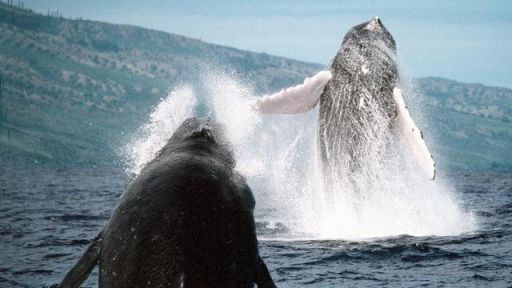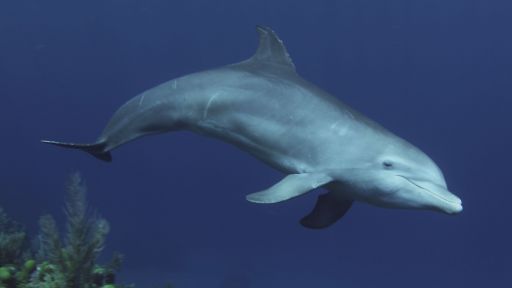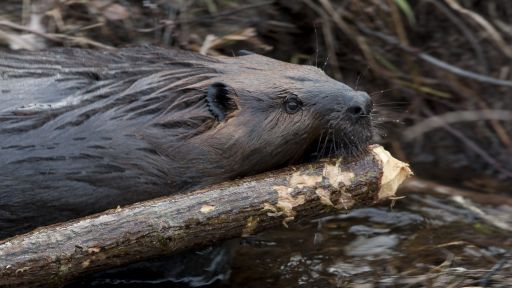The ancient Greeks called the top of the world “the land of the great bear” — not because they knew of the giant white creatures who lived there, but because the North Pole rested beneath a bear-shaped constellation of stars that appears in the northern sky.
Today, geographers define the Arctic as the area above the Arctic Circle, an imaginary line around the Earth at about 66 degrees north latitude. Above the line, there is at least one day each winter when the sun does not rise, and one day each summer when the sun does not set. Despite a common image of the Arctic as a wasteland of ice and snow, however, some parts of the region can be lush with plant and animal life in the warmer months, which typically run from April to October. In the hot months, temperatures can rise into the 80s in some places. Average temperatures are, however, colder there than most places on earth, because the Arctic receives relatively little sunlight due to the tilt of the earth. Even in the endless days of summer, the sun stays low on the horizon. There is no such thing as “high noon” in the Arctic.
Still, many plants and animals thrive under the extreme conditions. Researchers estimate that more than 15 percent of the world’s bird species, for instance, flock to the region to nest in the summer, when plant and insect populations explode. More than two million geese, for instance, travel to the Queen Maud Gulf Bird Sanctuary in the Canadian Arctic each year. Millions of other birds, from sandpipers to warblers, flock to other parts of the Arctic. Though there are no tall trees, and only a few tall shrubs, the birds find ample nesting places in the thick grasses and moss that carpet the tundra.
While most of the birds leave the Arctic each fall, some year-round animal residents, such as the Arctic fox featured on NATURE’s Great White Bear, go to great lengths to match their coats to the season. In winter, the fox has a thick white coat that keeps it warm and allows it to blend into the snowy landscape. In summer, it shifts to a cooler brown coat better suited to the season. Similarly, several species of ptarmigan (pigeon-sized, ground-dwelling birds) have white and dark plumage that alternate with the season.
Some scientists fear, however, that humans may be altering the global climate in ways that could have a dramatic impact on the Arctic’s seasons. By burning fossil fuels such as gasoline and coal, and clearing large swaths of forest, humans have released vast quantities of carbon dioxide, a heat-trapping gas, into the atmosphere. Some scientists believe the extra gas may cause warmer temperatures around much of the globe. But at the North and South poles, due to the atmosphere’s complex chemistry, it could help lengthen the winters. And, among other problems, longer polar winters could help create a hole in the Arctic’s ozone layer, which protects plants and animals from harmful ultraviolet radiation. A similar hole, caused by manmade chemicals, has already appeared over the Antarctic, prompting great concern.
Such worries have brought the Arctic more attention from scientists and politicians than it has probably ever received. As a result, people are getting a fuller and more accurate picture of a place many once ignored as a barren ice sheet. The land of the great bear, it turns out, has captured the world’s attention.

